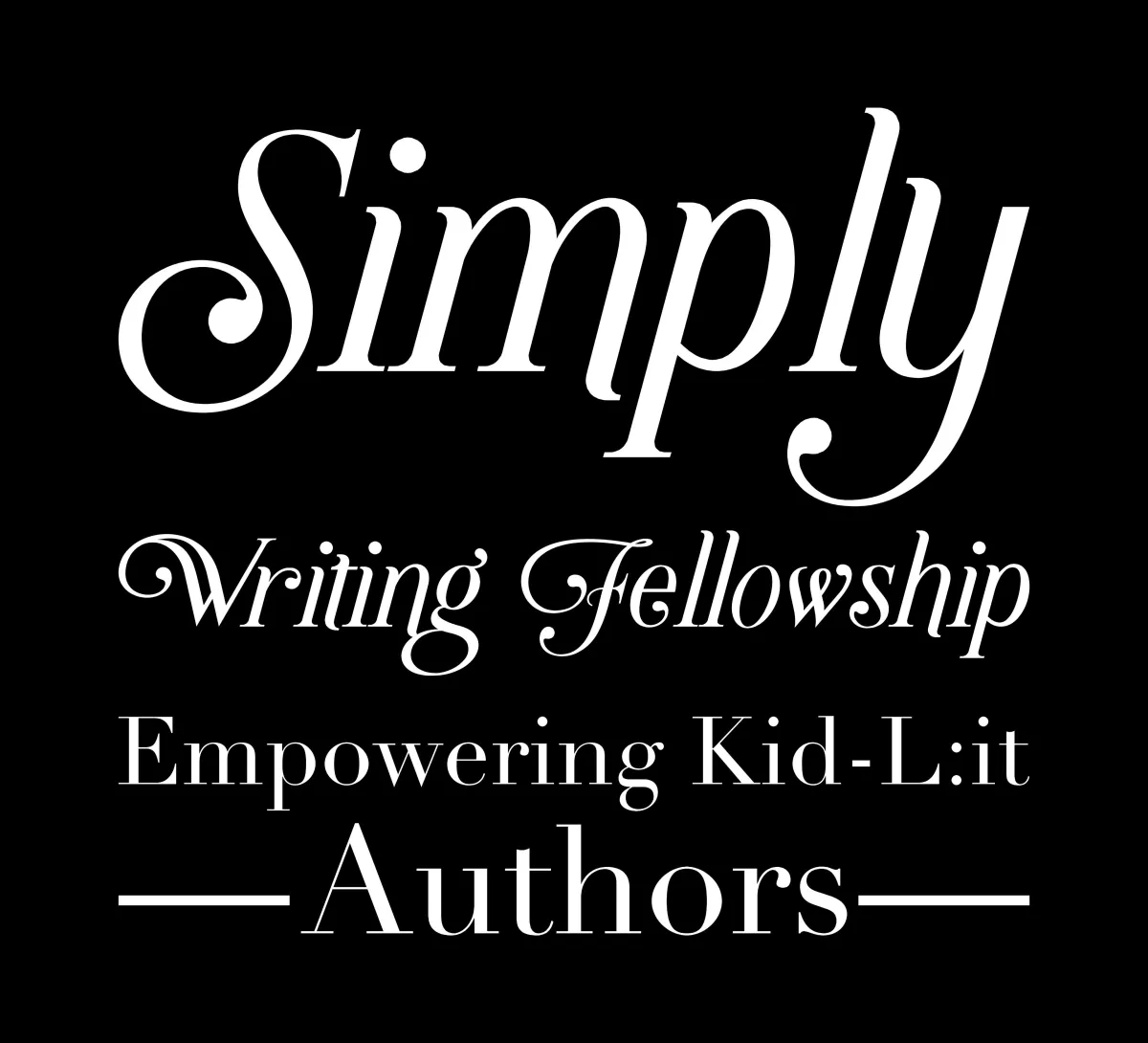

Sub-Plots Part II
“Building Brilliant Subplots Part II: A Guide for Middle Grade Mystery Writers”
In our last post, we explored why subplots matter in middle grade mysteries. Now let’s roll up our sleeves and build them. Whether you’re writing a science-based whodunit or a lyrical family mystery, subplots can add richness and resonance—if you know how to shape them.
🛠️ Step 1: Start with Your Main Mystery
Before you build a subplot, ask: What is my protagonist solving?
Is it a stolen artifact? A missing pet? A secret hidden in a family heirloom? Now dig deeper—what emotional or thematic questions are at play? Trust, identity, belonging, justice?
Your subplot should echo or contrast these questions. If your mystery is about uncovering a lie, your subplot might explore the cost of honesty in a friendship.
🧵 Step 2: Choose a Subplot Type
Here are a few tried-and-true subplot types that work beautifully in middle grade:
Sub-Plot Type - Description & Example
Relationship
Explores family, friendship, or mentorship dynamics
A best friend feels left out as the protagonist investigates
Personal Growth
Focuses on internal conflict or emotional development
The protagonist struggles with stage fright while solving a mystery at school
Parallel Mystery
A smaller, related puzzle that complements the main one
A missing science fair project reveals clues to a larger theft
Comic Relief
Offers levity and character bonding
A mischievous pet keeps interfering with clue-gathering
Choose one that fits your story’s tone and emotional arc.
🧠 Step 3: Weave It In, Don’t Bolt It On
Subplots should feel organic. Introduce them early and let them evolve alongside the main mystery.
Tips for seamless integration:
Use shared scenes: Let subplot characters interact with the mystery.
Layer clues: Hide emotional or thematic clues in subplot moments.
Echo stakes: Let the subplot raise similar questions or tensions.
For example, if your protagonist is solving a mystery about a stolen invention, a subplot about their own fear of failure can mirror the inventor’s dilemma.
🧭 Step 4: Track Progress and Payoff
Subplots need arcs. They should build, shift, and resolve—just like the main plot.
Ask yourself:
Does the subplot change the protagonist?
Does it affect the mystery’s outcome?
Does it resolve emotionally, even if not “solved”?
Use color-coded outlines or scene trackers to make sure each subplot gets the attention it deserves.
✨ Bonus: Subplot Prompts for Mystery Writers
Need a spark? Try these:
Your protagonist’s sibling is hiding something, but it’s not what you think.
A school project reveals a forgotten piece of local history.
A character’s fear of public speaking leads to an accidental clue.
A pet’s strange behavior mirrors the mystery’s timeline.
Subplots are where your story breathes, grows, and connects. They’re not just narrative extras—they’re emotional anchors. And in middle grade mysteries, they can be the difference between a clever story and a truly unforgettable one.
So go ahead—build your subplot. Let it twist, echo, and shine. Your readers will thank you.
Simply Writing Fellowship | ALL RIGHTS RESERVED